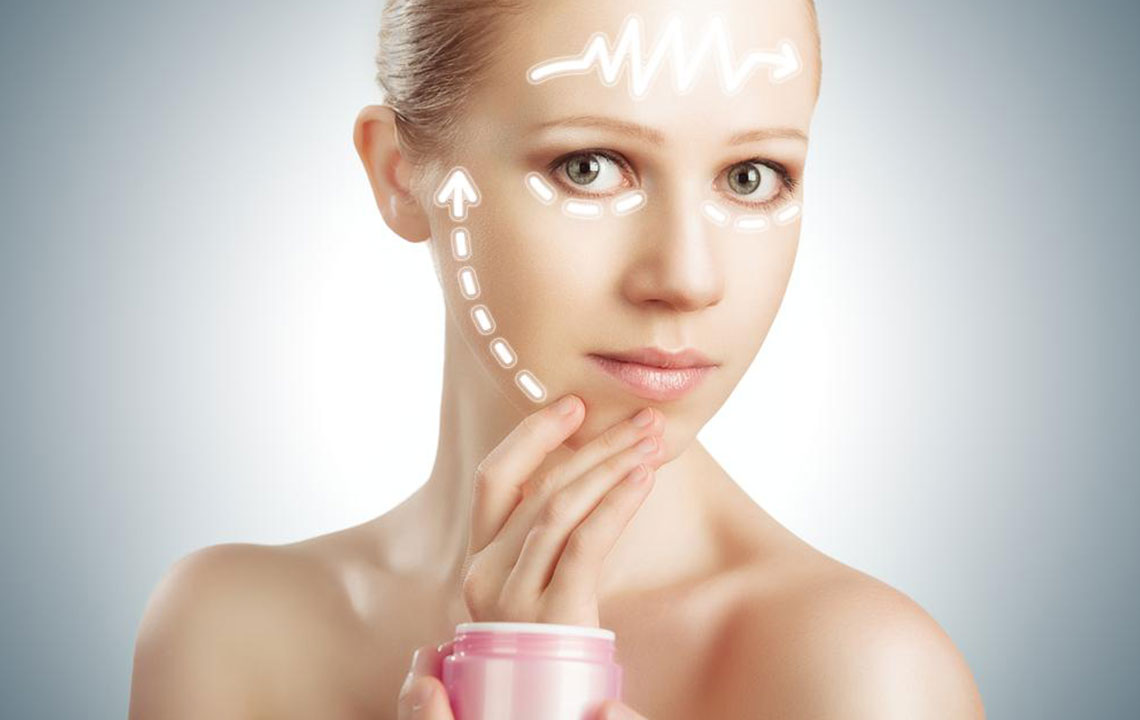Common Myths about Skin Care Products Debunked

The human skin, especially the one on our face, is repeatedly exposed to environmental factors like stress, pollution and climate change, among other irritants. This has led to increased aging patterns and skin problems. Coupled with poor lifestyle choices and lack of exercise, the skin in today’s time is set to suffer.
One way to fight this problem is to use skin care products suited to the skin type. One needs to be educated regarding which brand or skin care product to use for maximum benefits as well as value for money. Since there are thousands of brands available in the market, it can be a confusing choice. In terms of ingredients, visibility, availability, budget and skin type, plus the added worry of fake or counterfeit brands. It is important to be educated regarding skin care products. Any skin care line backed by research and a dermatologist’s seal of approval can be picked off the shelves. Dermatologists have a deep understanding of the different skin types and skin conditions and the products and chemicals that would work for these. They are therefore equipped with the knowledge that can help an individual care for their skin in the best possible way and manage any challenges that the environment or daily living might throw. It is therefore imperative to understand one’s skin type and choose a skin care product that is suitable to solve the individual problems that a person faces.
It is also important to not fall for the myths that surround skin care products. Let us discuss some of these myths and bust them.
For oily and acne-prone skin
Myth: Washing face frequently with an exfoliating facial cleanser is important.
Fact: Washing the skin excessively with products not suited for the skin type can aggravate the problem. If a too-drying formula or a very abrasive formula is used on oily skin, it worsens the condition by making the skin produce even more oil to counteract the drying effect of the skin care products. Increased sebum secretion, skin peeling, skin inflammation and growth of bacteria are some of the most common symptoms of acne-prone skin.
Solution: To make the best of oily, acne-prone skin, one must choose skin care products that contain primarily the four main active ingredients that have been proven to work for this skin type. These ingredients are:
- L-carnitine
- Decanediol
- Lactic acid
- Licochalcone extract
These four ingredients target the root cause of the acne directly by providing the anti-bacterial effect, tightening the pores to reduce the chances of the infection spreading and also by reducing sebum.
Other ingredients that can help include mandelic acid and salicylic acid, both of which help remove dead cells as well as reduce the secretion of sebum. These, however, are unable to regulate inflammation.
For dry skin
Myth: It is important to choose thick and rich face creams.
Truth: The pores of the skin can get clogged if a person with dry skin uses an overly thick cream on skin that is already peeling away or excessively dry. The main indication that a dry skin type gives is that the production of sebum is unregulated, which means that the pores of the skin can get clogged if a thick solution is applied on to peeling, flaking skin. The protective layer of the skin that holds on to moisture is also affected, making it unable to hold on to moisture. The same layer may further become weakened, irritated and develop rashes, causing the skin to feel rough, poor toned or lacking in elasticity, apart from the onset of fine lines and wrinkles.
Solution: The easiest solution to deal with the problem of irritated, dry skin is to use skin care products that contain moisture-attracting hyaluronic acid and glycine-saponin that helps lock-in moisture apart from helping increase the skin’s natural moisturizing factor.
For sensitive skin
Myth: Products made from natural ingredients are the only ones that suit sensitive skin.
Truth: In the vast landscape of cosmetology, the use of natural ingredients in skin care products is not very well documented, therefore making it difficult to determine whether the products that are being touted as ‘natural’ are natural, pure and authentic or not. Also, sensitive skin also tends to react to any external or internal factors like allergens, environmental aspects like sunlight, pollution, etc. It can get stressed by exposure to a lot of things that normal, non-sensitive skin types do not have to face.
Solution: Sensitive skin reacts best to skin care products that have a mildly acidic pH level, since this helps the skin prep itself and strengthen its defenses by stimulating the natural protective enzymes created by the body.
It can thus be safely assessed that the choice of the skin care product greatly depends on the skin type, and it is important to identify that for optimal results.


